Optimal Timing for Commercial Painting

Spring offers moderate temperatures and lower humidity, ideal for commercial painting projects.
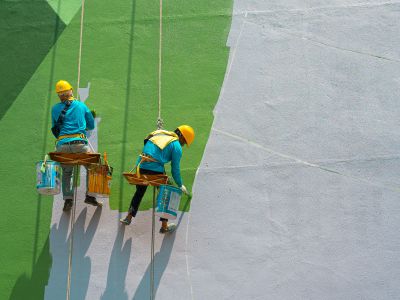
Early summer provides longer daylight hours, but high temperatures can affect paint drying times.

Fall provides cooler temperatures and less humidity, suitable for many commercial painting tasks.
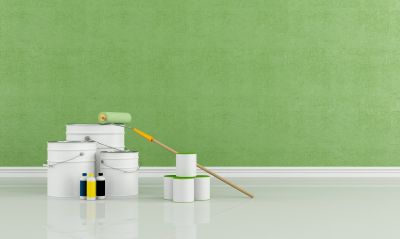
Ways to make Commercial Paintings work in tight or awkward layouts.
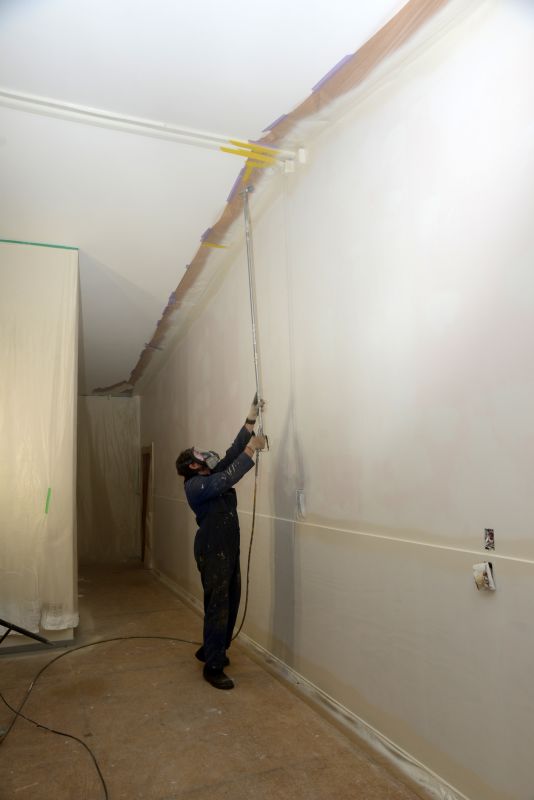
Popular materials for Commercial Paintings and why they hold up over time.
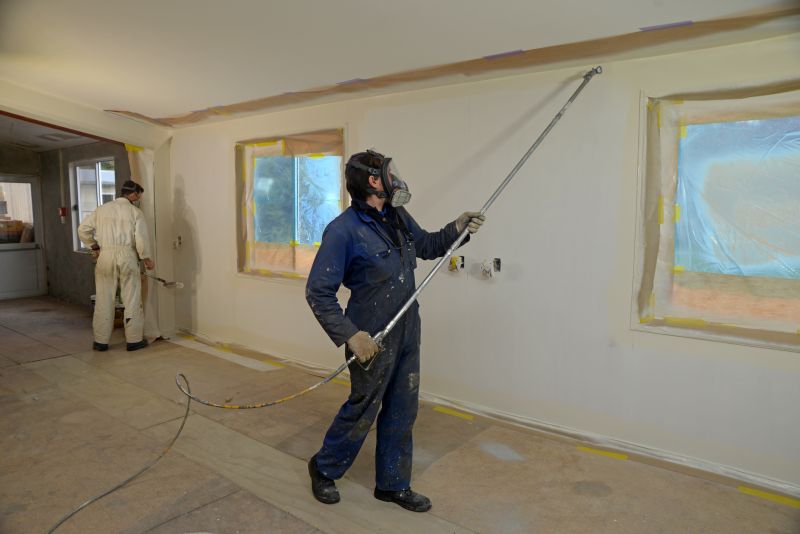
Simple add-ons that improve Commercial Paintings without blowing the budget.
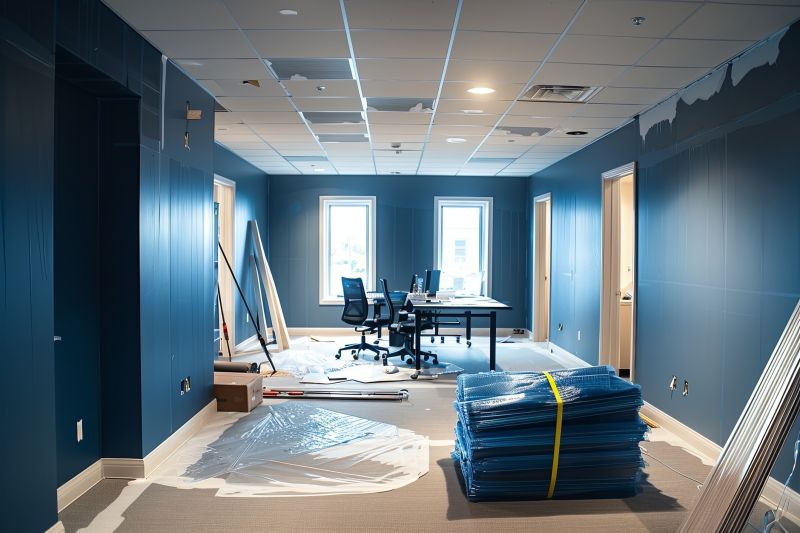
High-end options that actually feel worth it for Commercial Paintings.
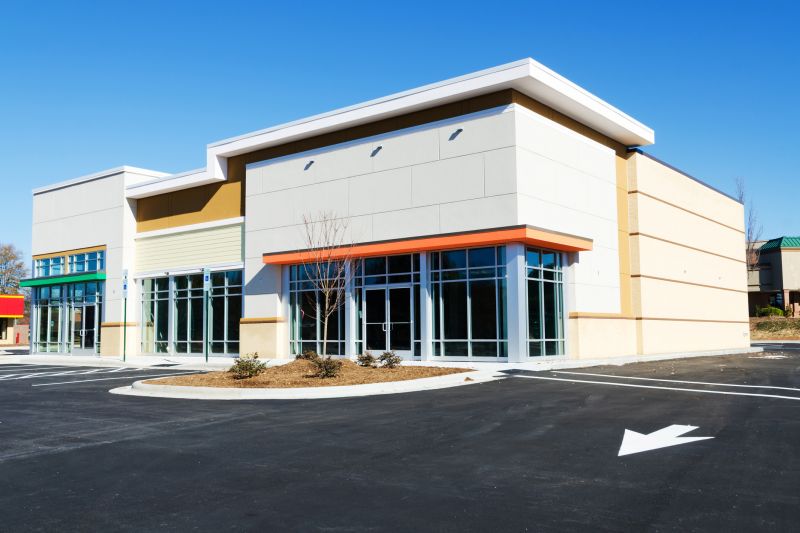
Finishes and colors that play nicely with Commercial Paintings.
Commercial paintings involve large-scale projects that require careful planning and optimal weather conditions. The timing of these projects can significantly impact the quality and durability of the finish. Typically, the best time for commercial painting is during seasons with moderate temperatures and low humidity, which help ensure proper adhesion and drying of paints.
Avoid painting during extreme temperatures, heavy rain, or high humidity to prevent issues like peeling or uneven finishes.
Scheduling during favorable weather windows can reduce delays and ensure a smooth completion process.
Paints perform best within specific temperature ranges, typically between 50°F and 85°F, for optimal curing.
Spring and fall are generally preferred for commercial painting due to mild weather conditions.

Professional teams work efficiently during optimal weather conditions.

Proper tools and materials are essential for high-quality commercial painting.

A well-timed project results in a durable, attractive exterior.
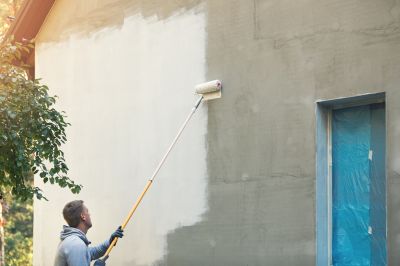
Monitoring weather forecasts helps schedule painting during suitable conditions.
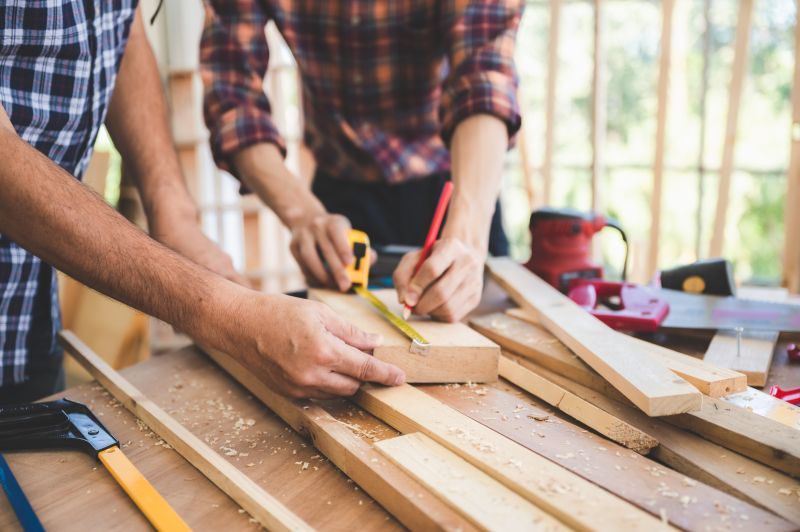
Little measurements that prevent headaches on Commercial Paintings day.

A 60-second routine that keeps Commercial Paintings looking new.

A frequent mistake in Commercial Paintings and how to dodge it.

Small tweaks to make Commercial Paintings safer and easier to use.
| Season | Ideal Conditions |
|---|---|
| Spring | Moderate temperatures, low humidity, dry days |
| Summer | Early summer, cooler mornings, avoid peak heat |
| Fall | Cooler temperatures, low humidity, dry weather |
| Winter | Generally not recommended unless climate-controlled environments |
| Late Spring | Optimal for exterior projects |
| Early Fall | Good for large-scale commercial projects |
| Late Summer | Potential for high temperatures and humidity |
| Winter | Limited to indoor or climate-controlled projects |
Selecting the appropriate season for commercial painting can enhance the durability and appearance of the finished surface. Proper timing reduces the risk of weather-related issues and ensures the project adheres to quality standards. Planning ahead and monitoring weather forecasts are crucial steps in scheduling commercial painting projects effectively.

Skilled painters working during favorable weather conditions.
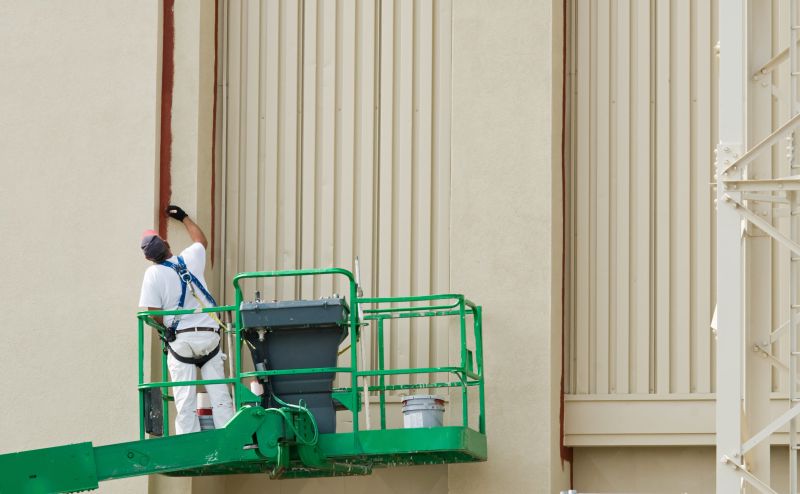
A completed project showcasing quality work.

Tools prepared for optimal performance in suitable conditions.
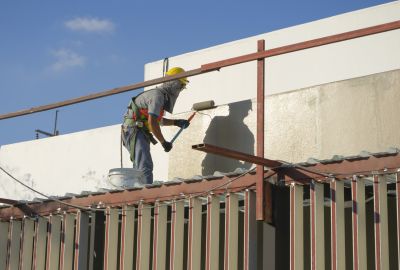
Ensuring projects are scheduled during ideal weather windows.
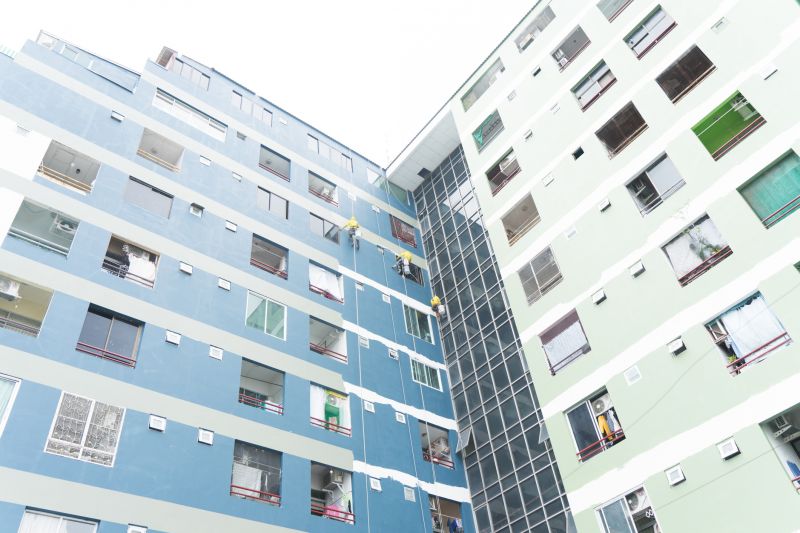
Lower-waste or water-saving choices for Commercial Paintings.

The short, realistic tool list for quality Commercial Paintings.
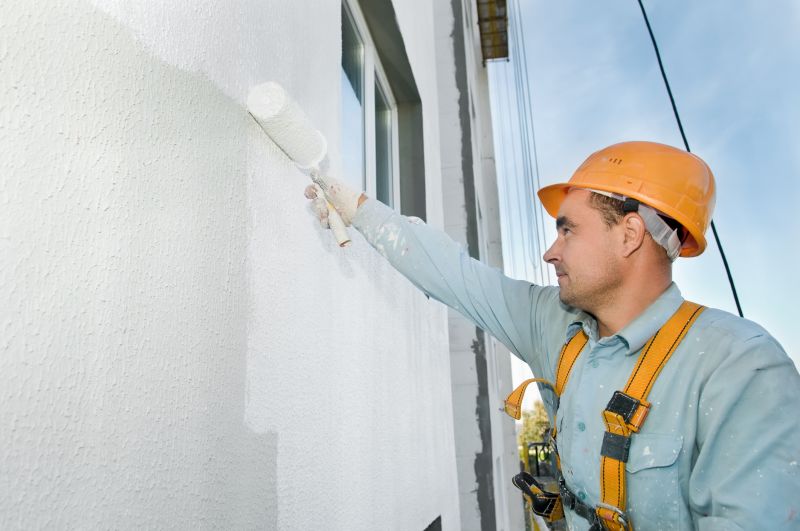
Rough timing from prep to clean-up for Commercial Paintings.
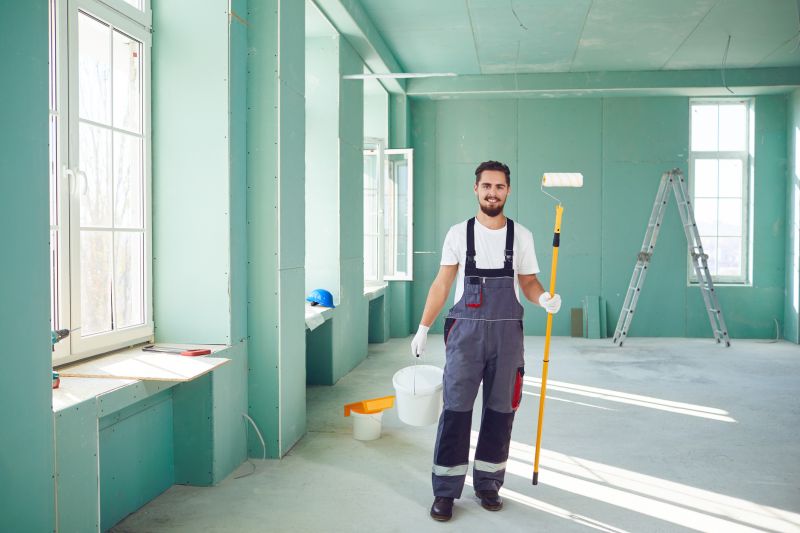
Quick checks and paperwork to keep after Commercial Paintings.
Interested in scheduling a commercial painting project? Filling out the contact form can provide more information and help plan the timing for optimal results.

